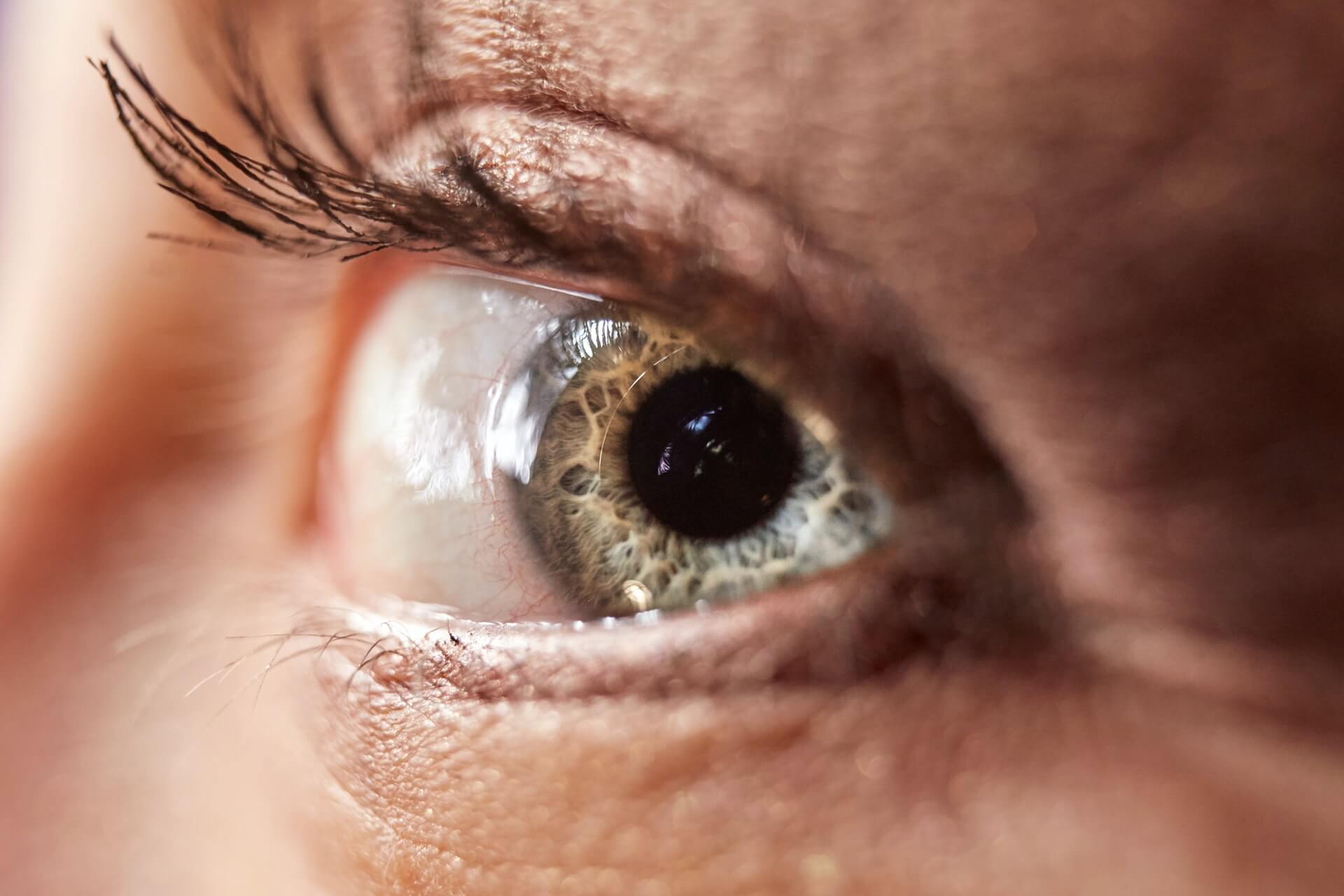
A corneal ulcer is a bacterial infection in the front of the eye. An ulcer can form in the center or periphery of the cornea depending on where there is damage to the eye. A corneal ulcer will be treated with urgency to attempt to prevent scarring and further infection in the eye.
The Defense of the Cornea
In a healthy eye, the cornea has natural defenses in place to prevent an infection from bacteria.
The tear film contains chemicals which act as anti-infection agents and help fight off bacteria.
When the eyelids blink, the force of the blink causes the tears to be washed off of the eye — along with any bacteria contained within them.
If bacteria is able to reach and remain on the cornea, it is still unable to penetrate the cornea due to the tight connections between the cells of the cornea.
Breakdown of Defense of the Cornea
When there is a breakdown in the natural defense of the cornea, there becomes an opportunity for a bacterial infection.
This is when a corneal ulcer can form.
A breakdown of the defenses may be a result of an injury or damage to the cornea which allows bacteria to enter the cornea.
The most common cause of this damage is overnight wear of contact lenses or prolonged wear of contact lenses.
The constant friction and deprivation of oxygen to the cornea can lead to small defects in the cornea which allow pathogens like bacteria to infect the cornea.
Symptoms of a Corneal Ulcer
A corneal ulcer will cause excruciating pain in the eye and be associated with redness, swelling, light sensitivity, and blurred vision.
Depending on the size and location of the corneal ulcer, it may be difficult to even open the eye due to the extreme pain and light sensitivity.
These symptoms are usually acute and quick onset within hours or a day of the infection.
Treating a Corneal Ulcer
A corneal ulcer will require aggressive treatment with antibiotic eye drops and may need additional protection from the environment or blinking.
The antibiotic eye drops will usually be prescribed to be used four to six times per day.
If the eye is weak or healing poorly, a bandage lens or amniotic tissue bandage may be used to help with the healing and prevent the wound from becoming reopened with blinks.
Concerns with Corneal Ulcers
While the symptoms of a corneal ulcer are very bothersome, the long term risks with a corneal ulcer are even greater.
There is a high likelihood that there will some amount of scarring as a result of the ulcer. The amount and size of the scar will depend on the location of the ulcer and how quickly treatment was initiated.
With a scar in the center of the cornea or near the center of the cornea, there can be permanent vision loss that is unable to be regained.
Another risk of a corneal ulcer is that the infection may spread to other parts of the eye and result in even more damage and loss of functional vision.
Our eye doctor at Local Eyes Optometry in New Braunfels, TX excels in prescription of glasses, contact lenses and the diagnosis of a variety of eye diseases. Call our optometrist at (830) 627-9272 or schedule an eye exam appointment online if you would are experiencing or would like to learn more about eye floaters. Our eye doctor, Dr. Marcus Page, provides the highest quality optometry services and eye exams in New Braunfels, Texas.








